
|   |

|   |
 e-mail: sunilkothari1933@gmail.com 2nd Edition of Vempati's Marghazi Utsav 2017 Photos courtesy: Kuchipudi Art Academy January 23, 2018 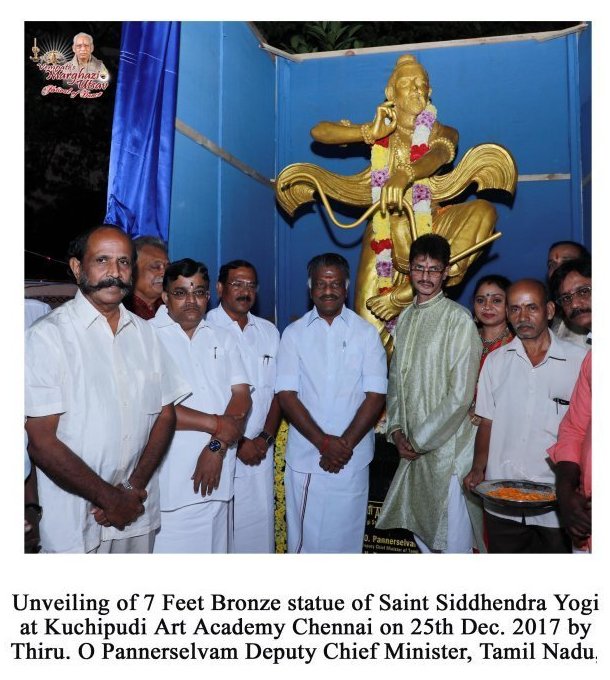 On 25th December, Kuchipudi Art Academy in RA Puram was all agog with followers, admirers, disciples of Vempati Chinna Satyam, as O. Pannerselvam, Deputy Chief Minister of Tamilnadu, unveiled the 7 feet tall bronze statue of Siddhendra Yogi and garlanding the portrait of former Chief Minister Dr. M.G. Ramachandran to whom the 2nd edition of Utsav was dedicated along with late Chief Minister J. Jayalalitha. Incidentally, Jayalalitha was a disciple of Vempati and an alumna of Kuchipudi Art Academy. Vempati's eldest son Venkatachalapathy, who is the secretary of Kuchipudi Art Academy, has been organizing a weeklong festival from 25th till 31st December since last year. It has brought focus on the busy schedule and round the year activities of training, performances and maintaining the highest standards of Vempati bani of Kuchipudi. The Deputy Chief Minister attended the two and half hour performance by the young disciples of the academy including Vempati's granddaughter Lakshmi Kameswari. He was apparently moved and spoke very highly of the valiant efforts of Vempati to establish the Art Academy to propagate Kuchipudi in Chennai. He recalled that after watching the two hour dance drama Srinivasa Kalyanam in Kuchipudi style in 1983 at The Music Academy, he suggested to Vempati to apply for a land which he gave at a concessional rate to Vempati. He explained that since he was offering the land at concessional rate and not gratis, in future no government could claim the land back. Not only that after few years in 1992, J.Jayalalitha also gave extra land at concessional rate so Vempati could have gurukul system and his disciples could stay on the premises in cottages built for residence. The rest is history. Vempati Chinna Satyam always acknowledged his gratitude to both these well wishers and politicians for their support. Ironically enough, it was the Government of Tamilnadu which offered the land and not Government of Andhra Pradesh. It was a boon in disguise as the art of Kuchipudi took roots in Tamilnadu and a series of dancers including those who had studied Bharatanatyam also took to Kuchipudi. Among them, renowned dancers like Vyjayanthimala, Hema Malini, Shanta Rao, Yamini Krishnamurty, Sonal Mansingh, Lakshmi Viswanathan, Swapna Sundari, Shanta Rati to name a few, took lessons in Kuchipudi under the guidance of Vempati. Of course Vempati's star disciples like Sobha Naidu, Bala Kondala Rao, Kamadev from London, Lawrence (Lolo) Portale from Paris, his younger son Ravishankar and others like Kamala Reddy, Sasikala, Anuradha Nehru, Sandhya Atmakuri, Kalpalatika were making name nationally and internationally. Watching Vempati's dance-drama productions, the redoubtable Rukmini Devi Arundale had also invited Vempati to start classes at Kalakshetra. Vempati considered it a great honour, but chose to train disciples independently at Kuchipudi Art Academy. His contribution to Kuchipudi dance has been considered of tremendous significance. His creative genius changed the face and form of Kuchipudi investing the traditional form with sophistication and aesthetics. Vempati's creations of solos and various dance-dramas became the rage of the day. And from then on there was no looking back. To strike a personal note, for my research in Kuchipudi dance form since 1960s, I used to meet Vempati at Prakasam Road, T. Nagar in Chennai. I used to attend his classes and watch how he trained disciples and also created solo numbers. The team work of Bhujangaraya Sarma - the lyricist, Sangeet Rao - the musician, the libretto by Devulapalli Krishna Sastri and the outstanding choreography of the dance-dramas established the Kuchipudi dance form on a firm footing. Among the major gurus like Kelucharan Mohapatra for Odissi, Birju Maharaj for Kathak and Bipin Singh for Manipuri, Vempati Chinna Satyam's position as the fourth major innovative guru has remained equally prominent. My association with Vempati has been lifelong. For my definitive book on Kuchipudi, Vempati guided me. I owe a debt of gratitude to him. He treated me as his young friend and I took great pride for his treating me as one of his family members. Every year from 1970 till I left for Kolkata in 1980, I used to present Vempati at C. J. Hall for Kal ke Kalakar Festival of Brijnarain's Sur Singar Samsad. His and his disciples' demonstrations and performances were much appreciated by crowds in Mumbai. Invariably Kuchipudi was a regular feature of Kal ke Kalakar and Swami Haridas Sammelan in Mumbai. On the opening night, to encourage young disciples it was planned to showcase the talents of dancers from the age group of 12 to 18 years. This was for the first time that Kuchipudi dance drama Sri Krishna Parijatam was performed by young artists. The role of Krishna was played by Pasumarthy Namratha Krishna, Satyabhama by Lakshmi Kameswari, Rukmini by Swapna Alase and Narada by Arya Manoj. They all did their guru Srimayi, daughter-in-law of Vempati, proud. Lakshmi Kameswari is what they call a "chip off the old block." Dance is in her blood and it is amazing to see her at the age of 12 registering the nuances of abhinaya becoming proud Satyabhama. She is bound to go places upholding the torch of Vempati bani. Others performed with accurate expressions and technique. The next day, Srimayi presented ashtapadi Ramate Yamuna teere with her own choreography. In Mahishasuramardini also she choreographed some aspect after Vempati style. Her mature abhinaya and thorough grasp of Vempati bani were to the fore. Being principal teacher at the Academy, she maintains the tradition as handed over to her by Guru Vempati. Slide show 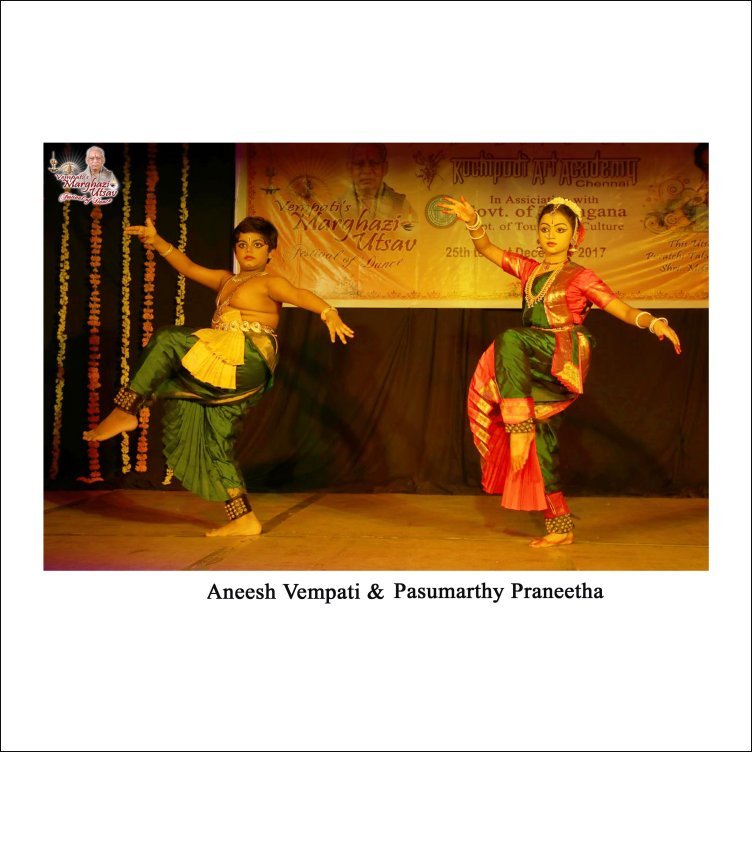
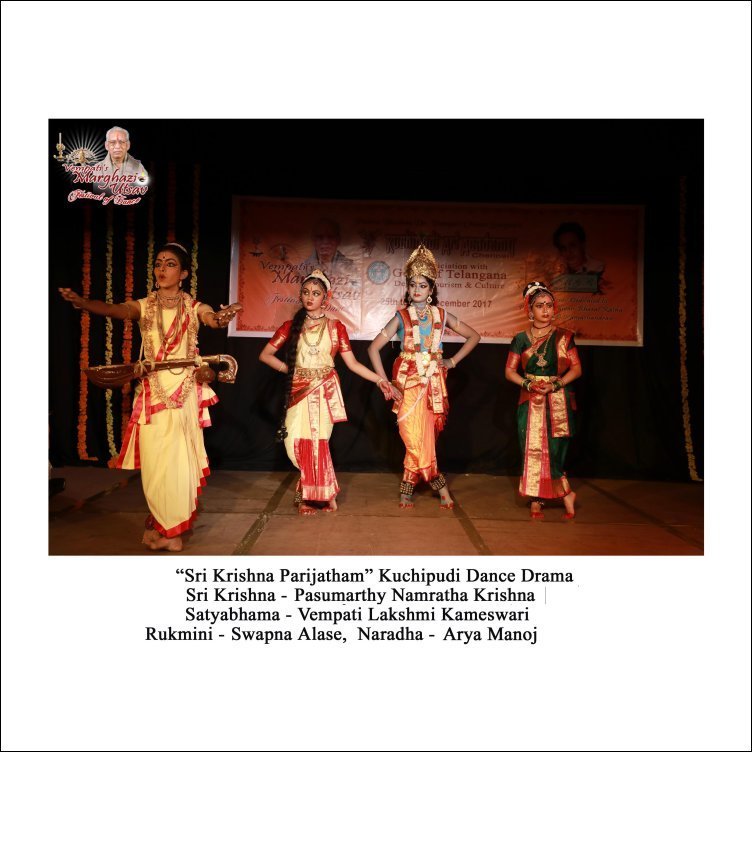
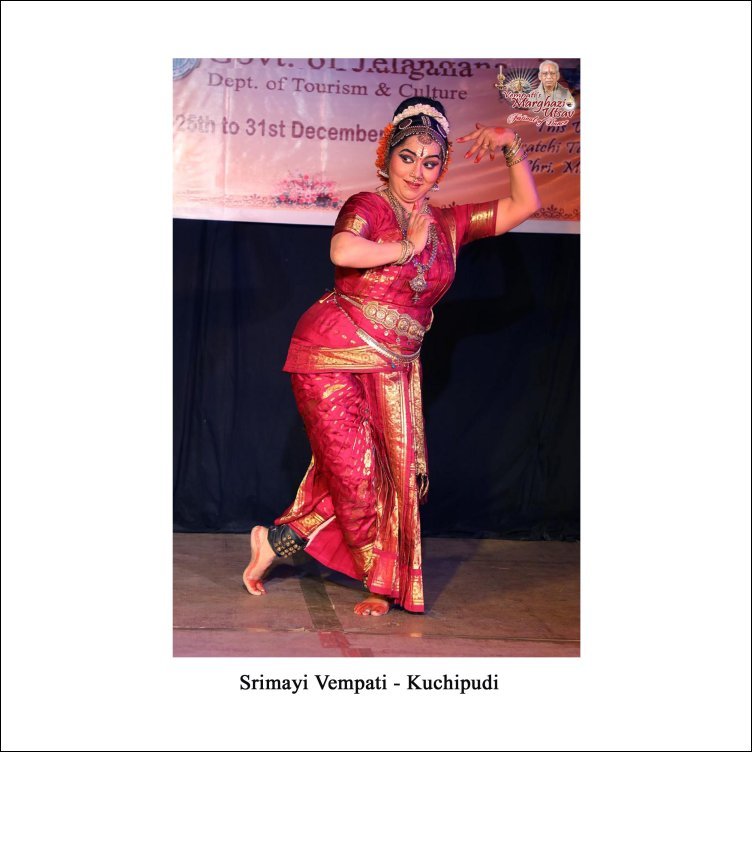

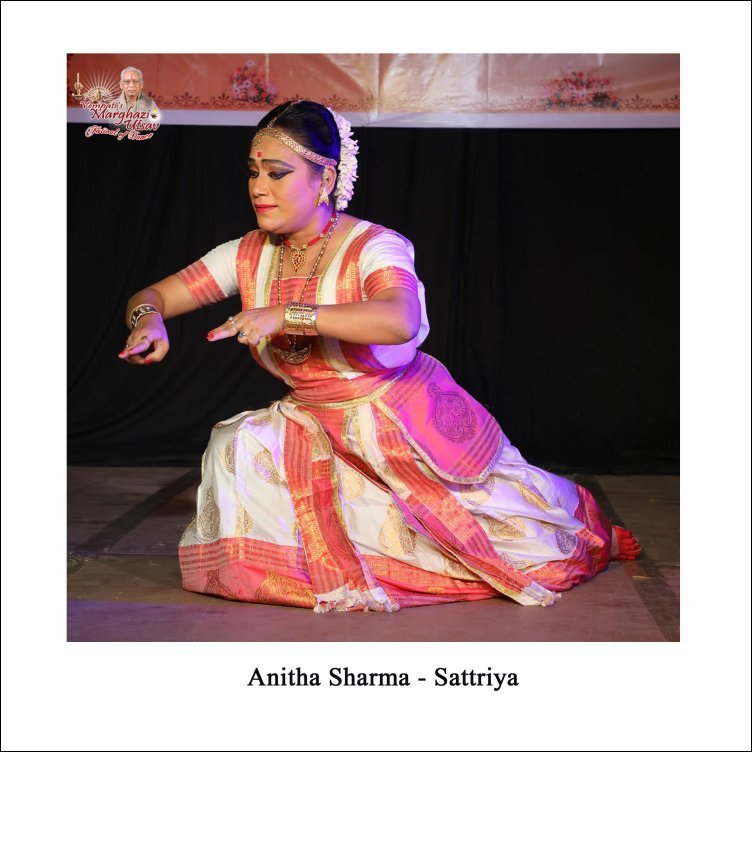
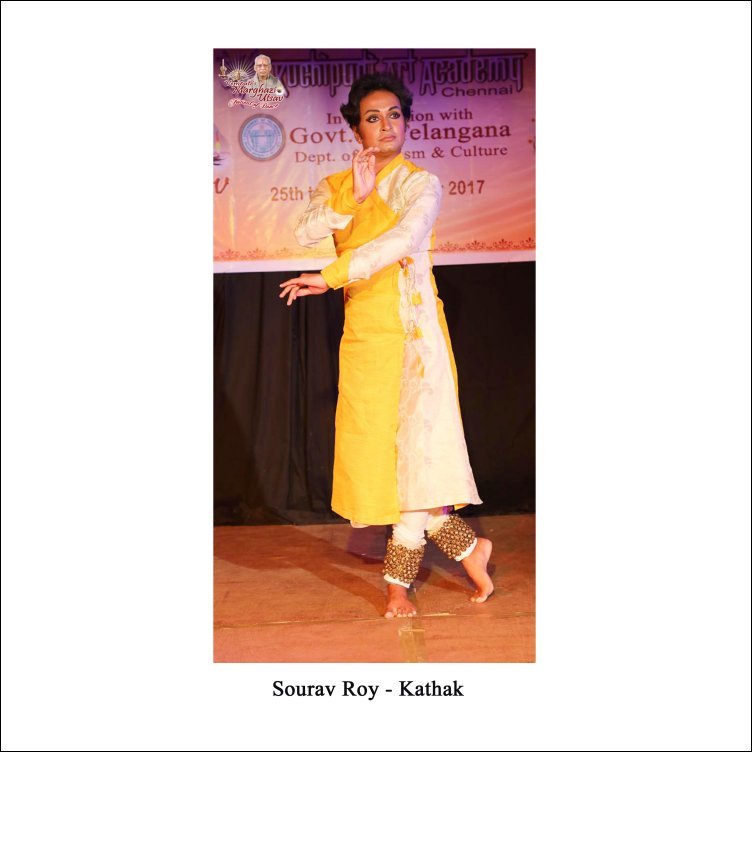


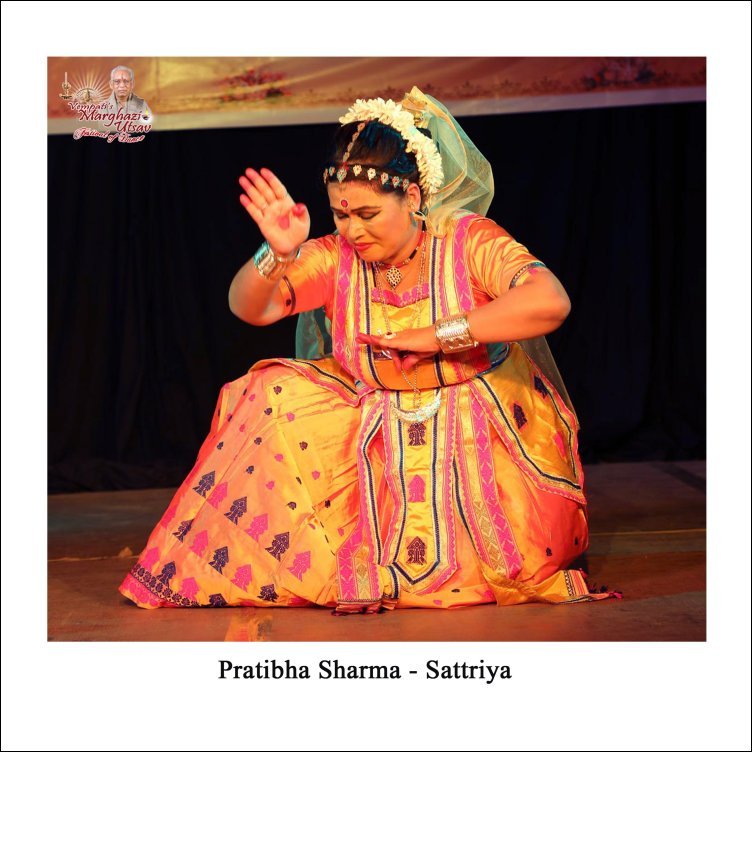
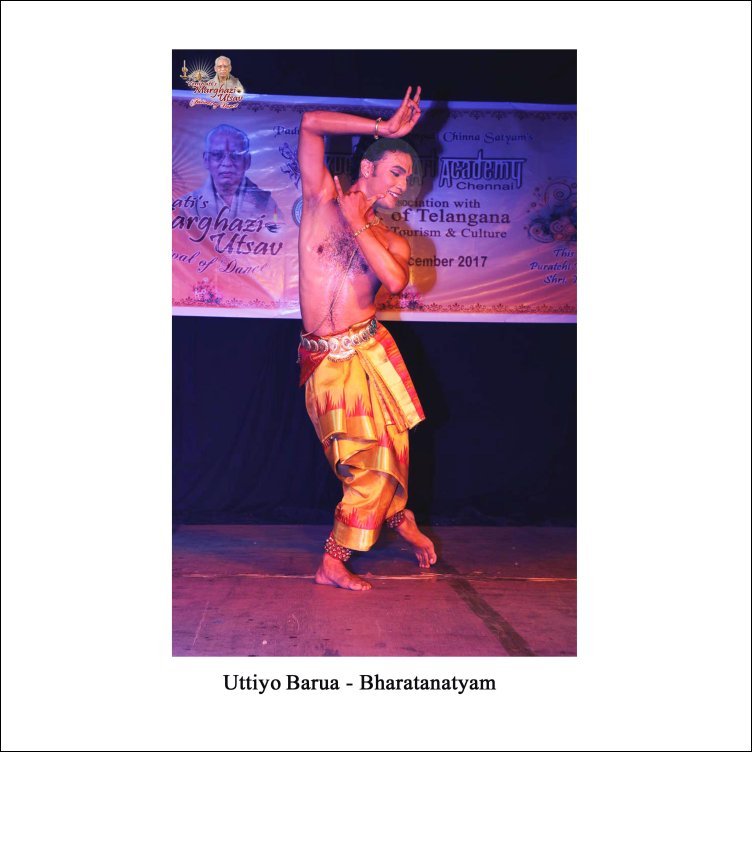
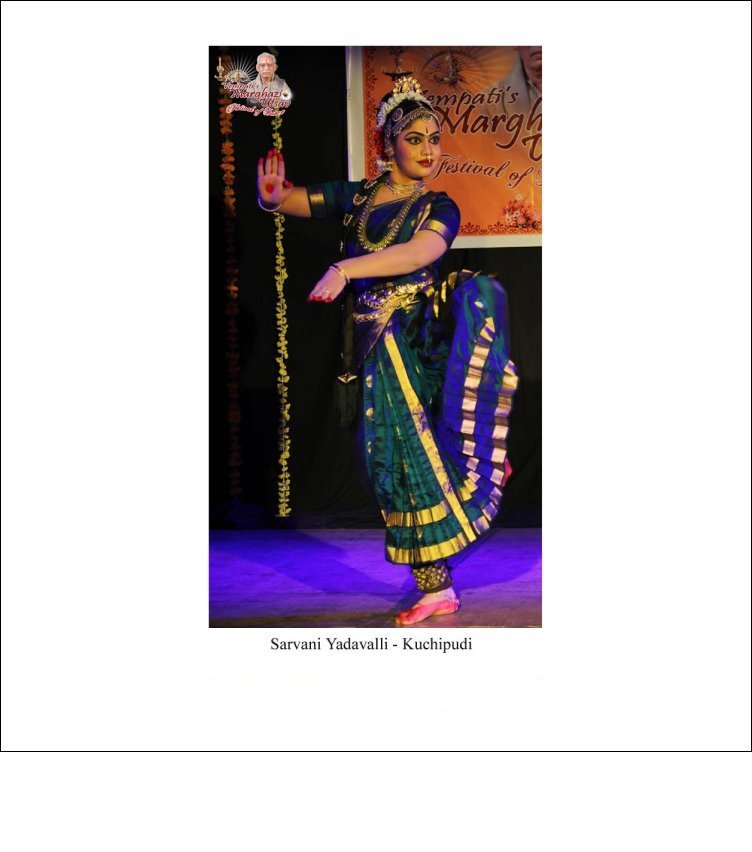
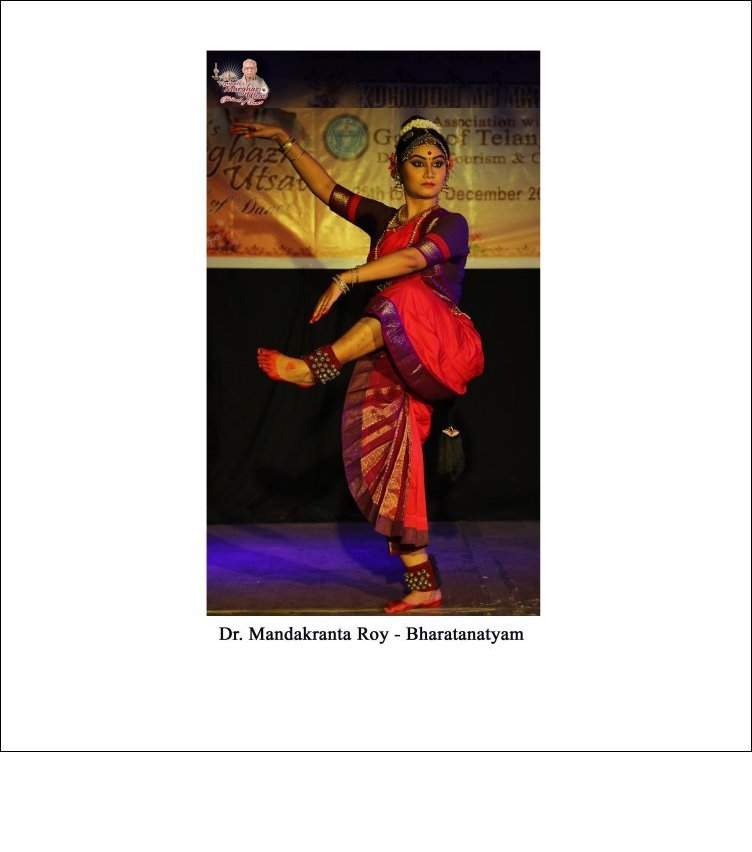
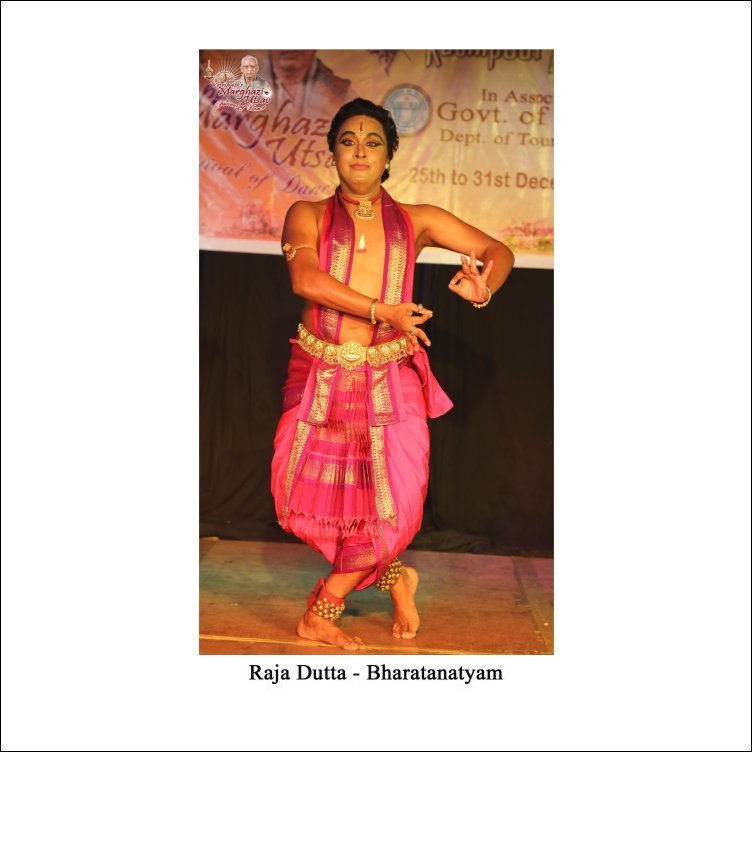
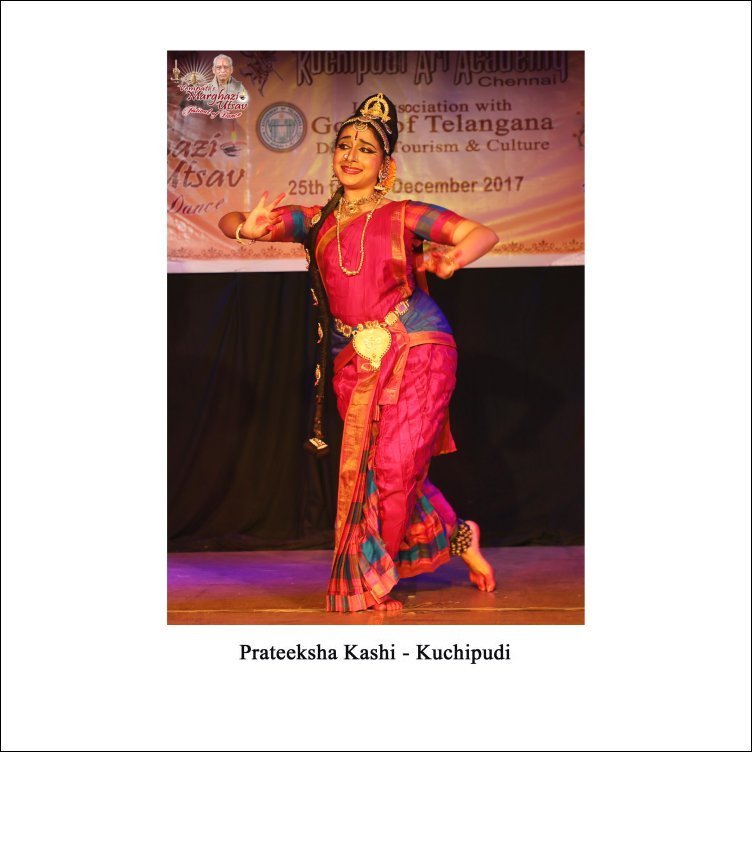
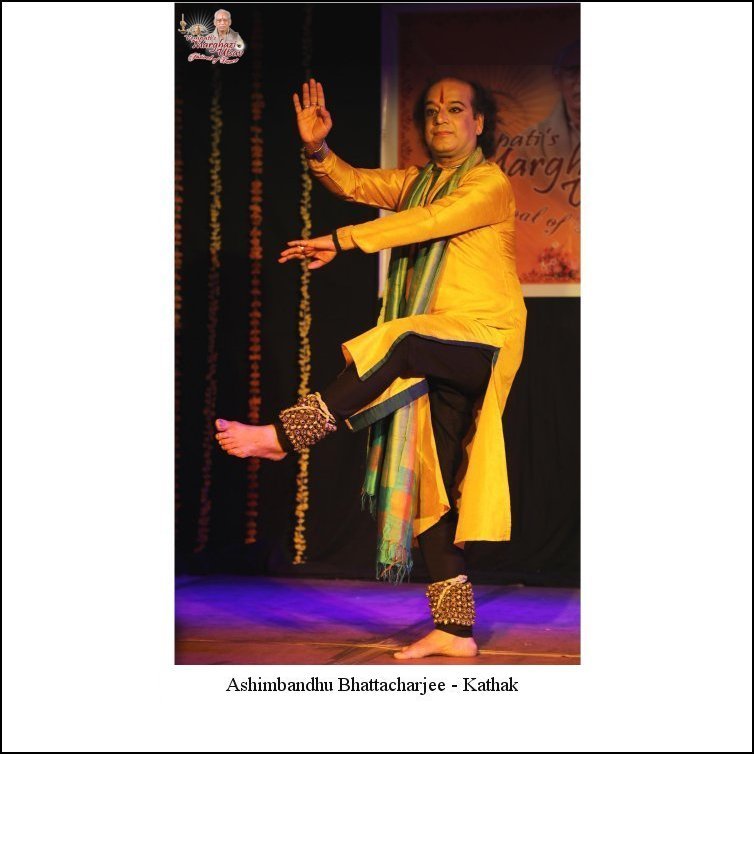
Since last year it was planned to invite young generation of dancers from other States to perform in order to give exposure to them and also to expose them to Kuchipudi. From Kolkata, Odissi exponent Rajib Bhattacharya, disciple of Guru Kelucharan Mohapatra, displayed the sound basics of training. In abhinaya and nritta, in Pallavi the strict adherence to Kelubabu's bani was praiseworthy. He is closely associated with Ratikant Mohapatra and is Principal of Srjan's Kolkata chapter. From Guwahati, SNA awardee for Sattriya, senior dancer Anita Sharma presented choice numbers. The memorable one was of Sati's immolation when her father Daksha did not invite Shiva for the Yajna. Shiva's picking up of the body of Sati and dancing vigorously were projected intensely. A seasoned dancer, Anita's Sattriya was impressive. On 3rd day from Kolkata, Kathak dancer Sourav Roy, disciple of Dr. Malabika Mitra, displayed his virtuosity in nritta and competently performed abhinaya to Ardhanarishwara. His nritta in tala Dhamar of 14 beats and in madhya laya with commendable footwork and pirouettes won him rounds of applause. Meera bhajan Hari tum haro jan ki peer was full of devotion. Sahana Rao is a disciple of Srimayi for past six years. The abhinaya to prayer of Kamakshi and Tripurasundari was evocative. The refrain to Kanjadalayadakshi Kamakshi kamala manohari Tripurasundari was performed with élan and grace. Parulanna mata prananayaka of Dharmapuri has excellent touch of nayika persuading the lover not to fall prey to wiles of other woman. Sahana brought out those expressions well. On 27th December, Manojit Saha trained by Anita Mallik in Kolkata and currently studying under Guru C.V. Chandrasekhar, presented Bharatanatyam. The Ganesha stuti, Sabdam and choreography of Ardhanarishwara showed his competence and sound training. Good postures, pleasant appearance are his additional assets. The Gita Govinda ashtapadi in which Krishna repents for ignoring Radha had restrained abhinaya. I missed Seraikella Chhau dances on 28th December by Gopal Prasad Dubey from Jharkhand. He is a competent exponent of Seriakella Chhau and has done a lot to popularize it. It was good to present this form, though the time constraint as I understood later on, did not give him enough scope to present more numbers. On 29th December, another Sattriya dancer Pratibha Sharma from Tezpur, a disciple of Jatin Goswami, performed Kunti, one of the Panchakanyas. Kunti's getting Karna as a son from divine mantra from Suryadevata and Kunti's placing him in a box and floating him away in Ganga, was depicted very touchingly. In other numbers like Sutradhari nach, Nadu bhangi, her nritta was gentle and abhinaya appropriate for the character she depicted. It was heartening to learn from her that Guru Jatin Goswami is exploring the theme of Panchakanyas. In Odissi, Guru Pankaj Charan Das has choreographed all the five panchakanyas. Pratibha is a seasoned dancer and has been contributing in popularizing Sattriya dances in other parts of India. Uttiyo Barua, a disciple of Dhananjayans, has received sound training from the gurus and follows their repertoire. From Nrityopaharam, he chose varnam in Atana composed by Rajagopala Sharma. The sancharis of Gajendra Moksha was presented dramatically. In Gita Govinda ashatapadi Sa virahe tave dina, sakhi's pleading to Krishna was dignified. As usual, his tillana was scintillating. He has good technique. Kuchipudi by Sobha Naidu's disciple Sarvani Yadavalli was noteworthy for her abhinaya and command over technique. The incorporation of navarasa gave her scope to display her ability to register various emotions. For karuna rasa, she took story of Kubja and how she was turned into a beautiful woman by Krishna's compassion. Kaliyanartanam was selected for adbhuta rasa of wonderment. She is a versatile dancer and explains her dance numbers in an engaging manner. On 30th December I missed T.Reddi Lakshmi's Kuchipudi. She has arrived on the scene and has been winning encomiums from connoisseurs for her dancing and abhinaya. Jugalbandi between Kathakali and Kathak respectively by Kolkata based Kalamandalam Goutam and Souvik Chakravarty was another novel attempt. However on the final day, I could catch up with commendable Bharatanatyam by Kolkata based Dr.Mandakranta Roy and Raja Dutta, disciples of C.V. Chandrasekhar. Both performed with sophisticated movements and did their guru proud. It was an overcrowded programme.Two more performers were Prateeksha Kashi and Ashimbandhu Bhattacharjee. Prateeksha performed Kanyakumari's episode in which the gods had created her to vanquish Banasura. But Lord Shiva when he sees her, falls in love with her and wants to marry her. To avoid that calamity, Narada rishi creates a trick and sees that the muhurta is missed by Kanyakumari as rooster speaks of dawn earlier than the regular timing, thereby missing the marriage with Lord Shiva. She is heartbroken. But with akashvani she is told that she has to vanquish Banasura and therefore she had to remain a Kanya. Prateeksha's enactment was moving. Her abhinaya was dramatic and brought out both her anguish and agony. Ashimbandhu Bhattacharjee is a name to reckon with in the world of Kathak. A senior dancer trained in Jaipur gharana by Pt Ram Gopal Mishra and Sushmita Mishra, he further studied with Vijay Shankar and grasped nuances of Lucknow gharana under Pt Birju Maharaj. His exposition of Kathak was of high quality. After Swami Vivekananda stuti, the traditional Kathak exposition of thaat, aamad, tode, tukde, paran, and ‘upaj ang' spontaneous improvisation with excellent footwork reflected his mastery over the medium. The concluding Nanak bhakti song was movingly rendered. He deserves to be seen more often in Chennai. The Vempati Marghazi festival is a welcome addition to the various festivals held in Chennai during December as in this area near Adyar no other festival takes place. But what it suffered from was of too many dancers presented every day, with the result each dancer had very limited time to show their art in detail. Instead of three dancers per evening, two dancers may be scheduled so that they can present their best items. The festival achieved its aim of making community of dancers aware of the various activities undertaken at Kuchipudi Art Academy. Venkat told me that right in front of the Academy stay the Ministers. And since he invited one minister every day, they all became aware of the wonderful work the academy does. The training is given free and more than 100 dancers regularly study. They are given opportunity to perform in other parts of the country. Also the Festival provides opportunity to outstation dancers to perform in Chennai. In coming years with better planning and starting festival not at 5.30pm but by 6pm, audience can come in time to watch dancers and in particular other dance forms like Seraikella Chhau, Odissi, Kathak and Sattriya. The festival has become inclusive by inviting other Kuchipudi bani exponents. That is the great tribute to the memory of Vempati Chinna Satyam.  Dr. Sunil Kothari is a dance historian, scholar, author and critic, Padma Shri awardee and fellow, Sangeet Natak Akademi. Dance Critics' Association, New York, has honoured him with Lifetime Achievement award. Comments * Thank you so much, Sunil ji, for your nice article about this dance festival. I am really very lucky to get your blessings. Your lovely reviews always encourage me and my work. - Monojit Saha, Bharatanatyam dancer from Kolkata, disciple of Prof C V Chandrasekhar (Oct 24, 2018) Post your comments Please provide your name and email id when you use the Anonymous profile in the blog to post a comment. All appropriate comments posted with name & email id in the blog will also be featured in the site. |